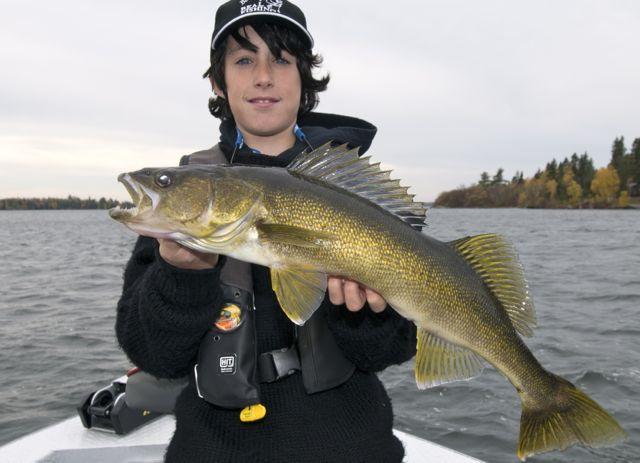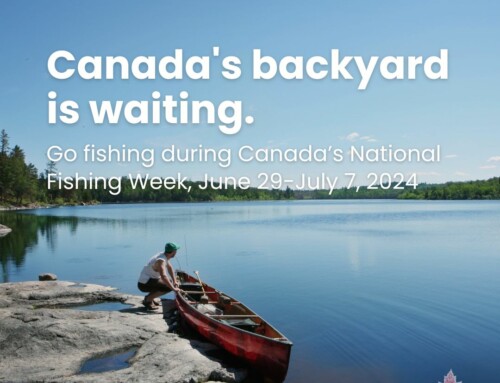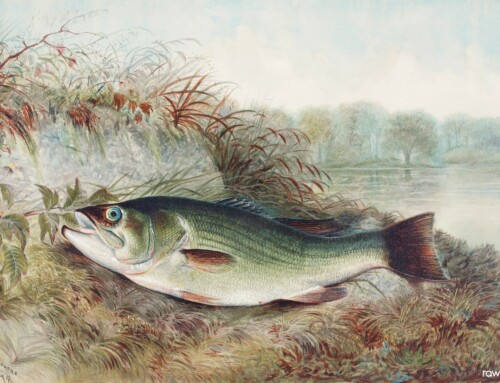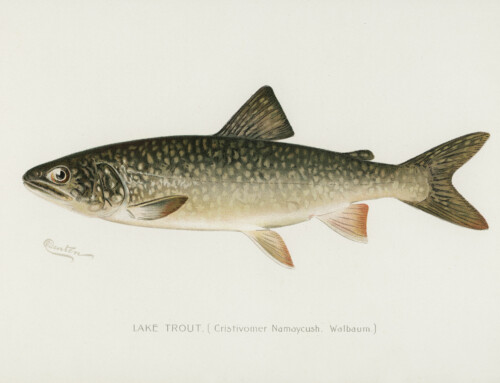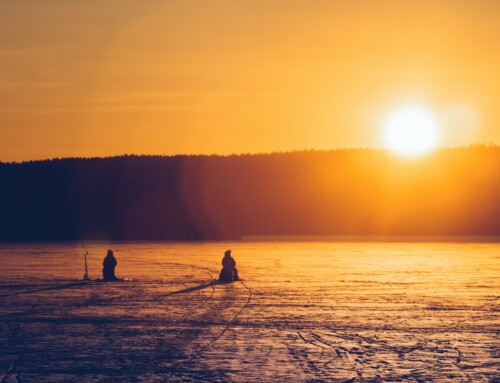Originally Published by Outdoor Canada, September 25, 2015
By Gord Pyzer
Autumn walleye across the land
Deadly, but little-known tactics for prairie lakes, Shield lakes and rivers
Year-after-year, walleye are the most sought-after fish in Canada. But because walleye are found in so many places, you need to understand the type of walleye water you’re fishing, then adapt your seasonal presentations accordingly in order to consistently catch fish. With that in mind, here are some deadly, yet overlooked fall tricks for the main types of walleye waters across the land.
SHIELD LAKES
There are two things to remember about catching walleye in Shield lakes during the fall. First, the walleye will be grouping up, in ever-greater numbers, on key main-lake structural edges. And secondly, the fish will be actively targeting the biggest forage they can find.
Early autumn is a time of transition, so the fish will be spread out across underwater points and large main-lake reefs. But by Thanksgiving, your sonar will reveal ever-bigger congregations of fish moving towards the perimeters of main-lake structure. Come October and early November, virtually all of the walleye will be relating to the very edge of a point, reef, bar or shoal where it breaks most sharply down to the bottom. From there, they’ll slide over the edge and down to the lake basin, where they’ll spend the winter.
For this easy fall fishing, nothing beats hovering over the fish and dropping down a 3/8- to 3/4-ounce jig, depending on the water depth, tipped with the largest and liveliest minnow you can find. I’m talking about five- and six-inch emerald shiners, spot-tailed shiners, suckers and my favourite, red-sided dace with a splash of lemony chartreuse on their sides.

I also like to use jigs such as the ReelBait Flasher (above), featuring a willowleaf blade that flashes and vibrates below the jig. When you float this over top of the fish, the large minnow struggles, subtly shaking the blade, which attracts and entices the walleye to bite.
But you can’t catch ’em if you can’t find ’em, so the key step during the fall is to first locate the sharp structural break. It may account for only 20 or 30 feet of the overall edge of the structure, but it’s where you’ll find 90 per cent of the walleye.
PRAIRIE-TYPE LAKES

I can’t talk about catching walleye and not suggest casting five- or six-inch soft-plastic swimbaits pinned to half- to one-ounce jig heads (below). This technique excels during the fall in flat, featureless prairie-type lakes and reservoirs for a host of reasons, not the least of which is the fact the fish are schooling up big time, feasting greedily on the biggest baitfish they can find.

And since there’s no view-obstructing structure, the fish can see your soft-plastic bait from a considerable distance, its body rocking enticingly back and forth sideways, while the tail flops vertically. It’s a killer combination.
For this presentation, you’ll need a seven-foot, medium-heavy-action spinning rod, spooled with a 14-pound-test gel-spun line, such as Sufix Fuse, Fireline or Nanofil, and a 24- to 36-inch monofilament leader. But here’s the critical part: you must use a heavier jig than you think is necessary. As a minimum, I use a half-ounce jig for water up to 20 feet, switching to a 3/4-ounce or one-ounce head for more than 20 and 30 feet respectively. And be careful to skewer the swimbait on the hook so that it’s aligned perfectly straight.
After you cast, let the bait fall to the bottom until you see your line going slack. Then pop it off bottom and steadily wind it back to the boat using a brisk lift/fall retrieve to keep it swimming within a foot of bottom at all times; because of the beefy jig, this makes for a much quicker retrieve than you might think. Giant fall walleye will try to rip the rod from your hands when they see and feel the paddletail swimming by—proving the presentation isn’t only effective, but also a lot of fun.
RIVERS

One of the most effective ways to catch fall walleye in rivers—especially big fish in big rivers—is trolling with crankbaits. The reason this is so successful is that you can explore large flats and structural edges to determine precisely where and how the fish are positioned. Keep in mind that river structure can change daily due to local weather and water conditions, especially where the current changes below hydroelectric dams or water-control structures.
Another reason trolling is ideally suited for fall river situations is that you can fine-tune your speed until you’re nudging ahead slowly into the current, while your lure wobbles seductively close to the bottom—not unlike the spring hot-shotting method with three-way swivel rigs.
Having said that, it’s well known that walleye position themselves facing into the current, waiting for dinner to be delivered. With that in mind, don’t just troll slowly upstream—troll with the current, as well. This is easy to accomplish when you adjust the speed of your boat until you’re moving slightly faster than the current. In this situation, I like to use big-billed, deep-diving crankbaits so I can get the lure down to the bottom quickly, then keep it there.
When the river is clear, I stick with natural colour, such as silver, white, brown, gold and shad-based hues. When it’s dirty, stained or tinged, however, I test louder, brighter hues, especially chartreuse, orange, yellow, green and red.And in the dingier rivers, I always use a crankbait with a rattle inside it, as well as one with a straight, tight wobble rather than one that is overly erratic. You want to make it as easy as possible for the fish to see, hear and feel your bait. And then, of course, to take a bite.
Photos courtesy of Gord Pyzer.

